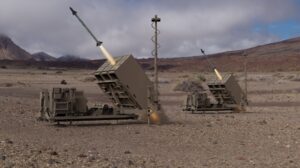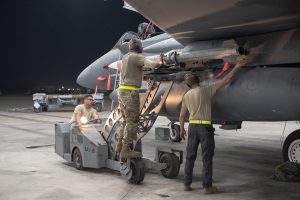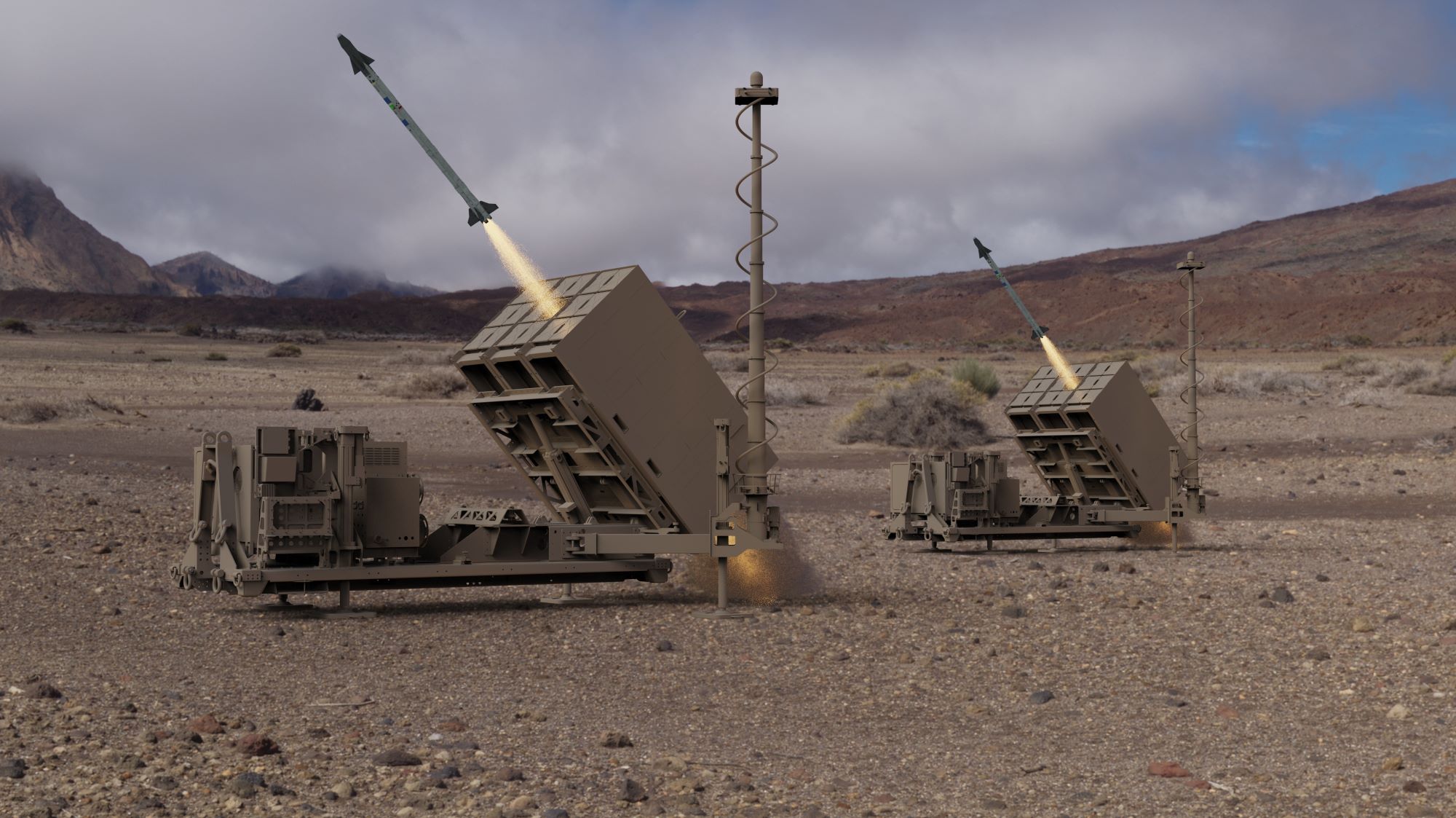An Army acquisition official this week laid out the service’s primary concerns as it looks to acquire a second interceptor for the new Indirect Fire Protection Capability (IFPC) Inc. 2 defeat system, notably balancing domestic vs. international systems and seeking longer ranges and faster speeds.
Brig. Gen. Frank Lozano, Program Executive Officer (PEO) for Missiles and Space, said while the first interceptor for the system, AIM-9X, is a great subsonic cruise missile defender, “we know that there is going to be predominantly a large quantity of supersonic cruise missiles we’ll need to address in [U.S. Indo-Pacific Command] but you could argue globally as well. So IFPC’s second interceptor is intended to get us to be able to address that threat.”

Lozano was speaking during a panel event on Guam defense at the Center for Strategic and International Studies event on July 30.
IFPC Inc. 2 currently uses the RTX [RTX] AIM-9X Sidewinder missile as the first interceptor.
He said while some unspecified voices argue Norway’s Kongsberg National Advanced Surface-to-Air Missile System (NASAMS) is a good supersonic cruise missile interceptor to use, “I will argue it’s a foreign system. And there come some evils with us buying foreign systems.”
Lozano underscored DoD usually has no intellectual property data rights with a foreign system and thus they would be tied to the original manufacturer for sustainment “and that can become a very expensive proposition.”
Given the NASAMS international IP rights issues, that makes it hard to integrate, which is an important part of current air and missile defense efforts.
“So one of the core components of our entire modernization strategy is as we perform competitions, we know we have to negotiate intellectual property rights so we can lower the bar and make integration much easier, and so the second interceptor is a competitive opportunity,” Lozano said.
Lozano also detailed the main factors in the second interceptor competition.
He said he has been signaling to industry that the Army needs improved propellant recipes for longer ranges and shorter flight times and improved engagement calculators “that allow us to hit those faster moving supersonic cruise missile threats. That’s a program that is funded across the POM and we intend to – we’ve issued a number of [Requests for Information].”
Lozano said his team is preparing for a full and open competition in fiscal year 2025 to essentially look for “what I’ve been communicating is an AIM 120D-like capability in an AIM-9X package, because the key is magazine depth.”
He said he is looking for something along the lines of the AIM-9X magazine capacity of 18 interceptors, “and we’re shooting for something like that on [the] second interceptor, that application on IFPC because I got to preserve the magazine depth to be able to service the quantity of threats we expect to defend against.”
Lozano compared that capacity to an alternative in the range of six missiles per launcher with a 45-minute reload time that means “you’re not going to be survivable in a Guam defensive situation.”

In January, the Army issued a Request for Information detailing Army plans for a February industry day to discuss requirements and schedule for an IFPC Inc. 2 second interceptor (Defense Daily, Jan. 26).
That notice said the interceptor should use an open architecture approach to establish kinetic effects against subsonic and supersonic targets within the IFPC Inc. 2 threat set.
In 2021, the Army awarded Leidos’ [LDOS] Dynetics a $237 million deal for IFPC Inc. 2, which seeks to field a new ground-based mobile system capable of defeating cruise missiles and drones. Dynetics offered its Enduring Shield launcher, which beat Israel’s Rafael offering a version of the Iron Dome system (Defense Daily, Sept. 24 2021).
Lozano also said the Army and industry team are “doing very well, the Leidos-Dianetics-Raytheon team, working very closely together.”
He noted over the next year there will be a “very important” next iteration of the integrated fires test campaign FY ‘24 this fall where they will combine the Northrop Grumman [NOC] Integrated Battle Command System, Patriot, RTX Lower Tier Air and Missile Defense Sensor, IFPC, and Lockheed Martin [LMT] Sentinel A4 for the first time.
In the second quarter of FY ‘25, the Army team plans to have a milestone C decision on IFPC Inc. 2, Lozano added.
